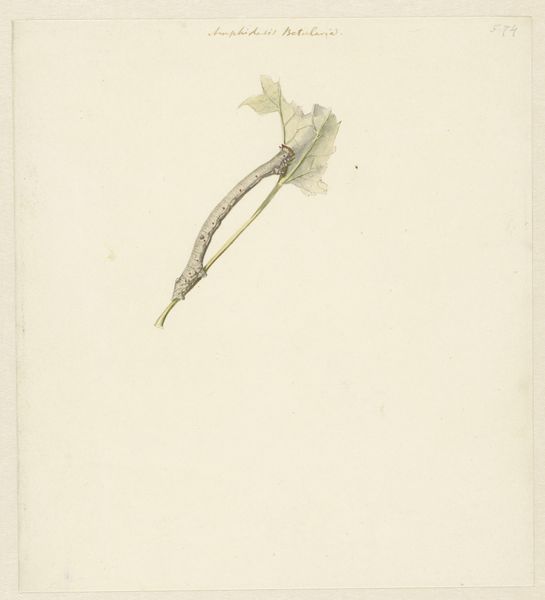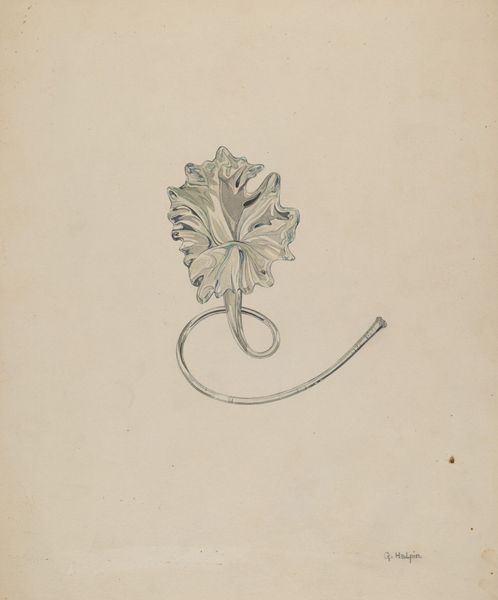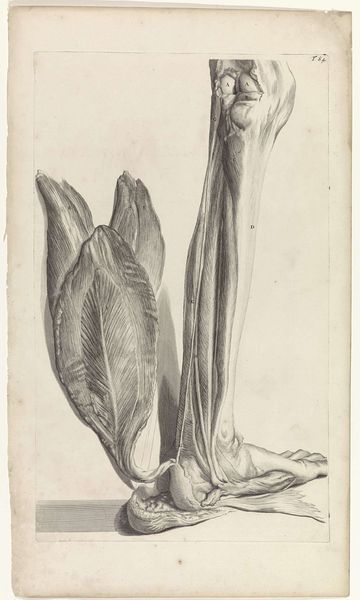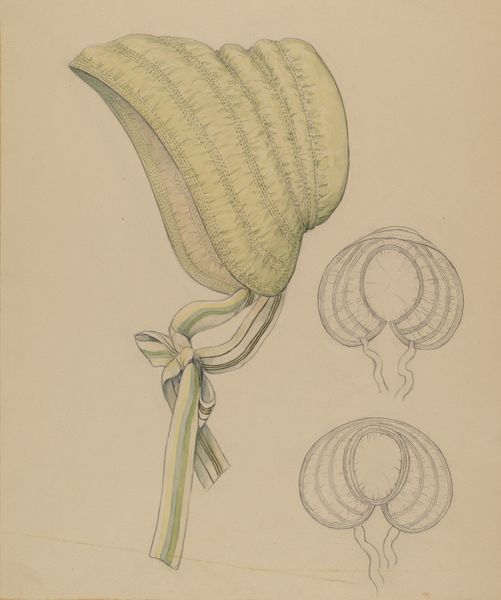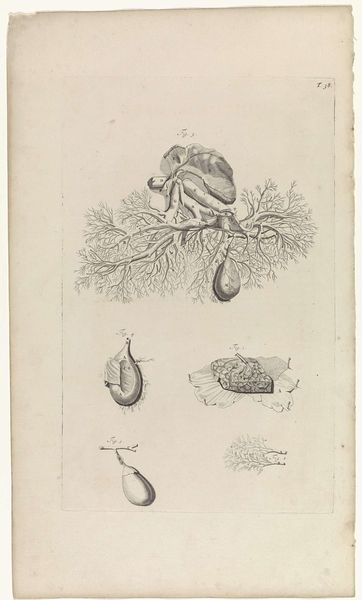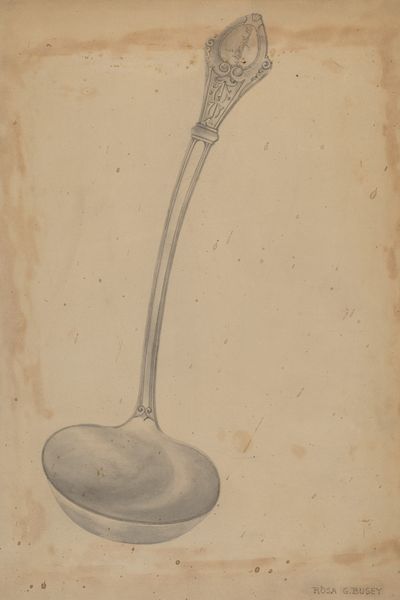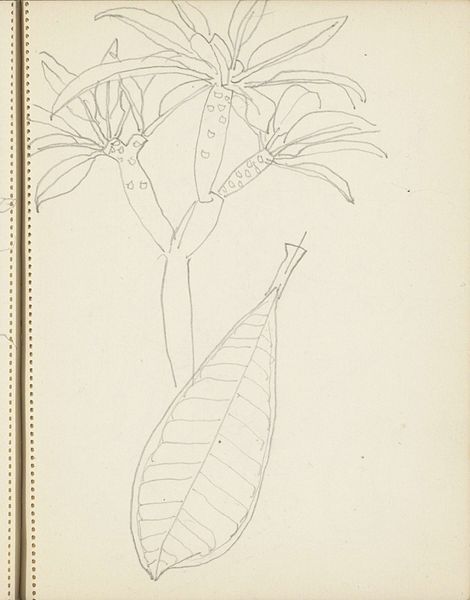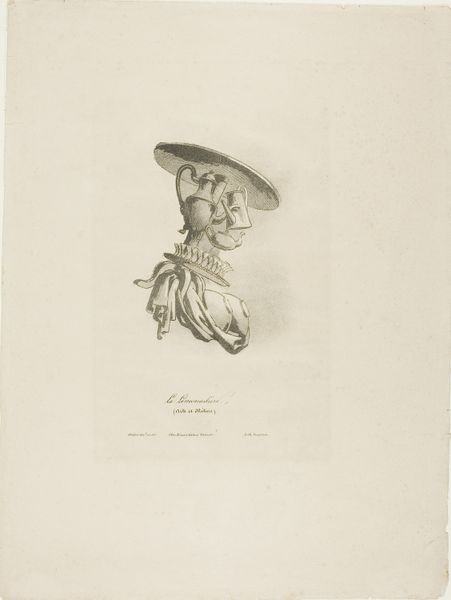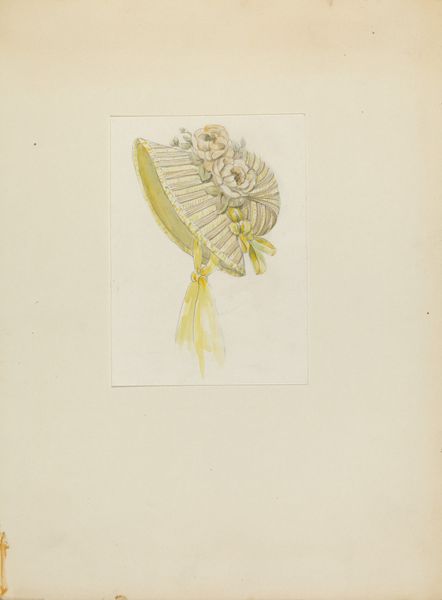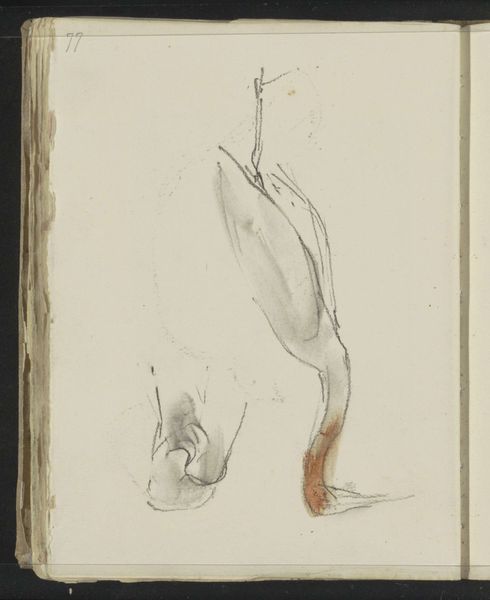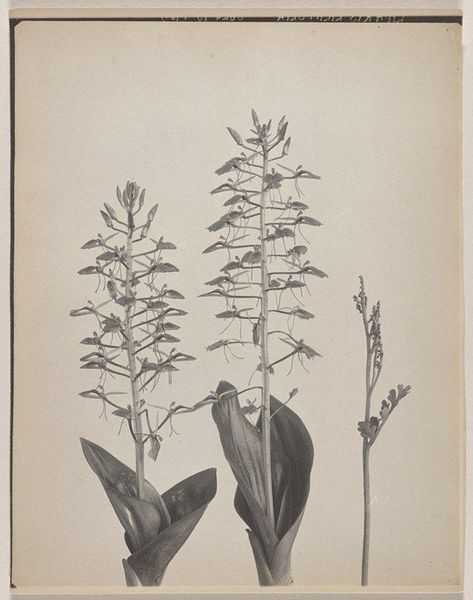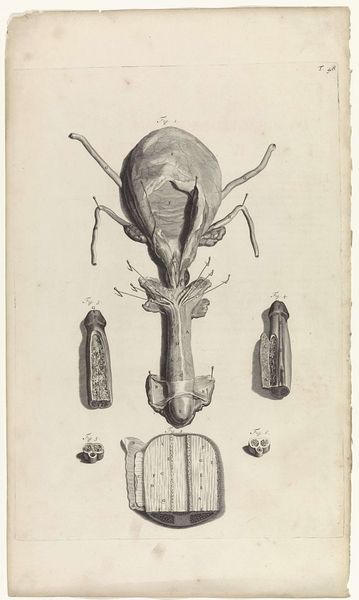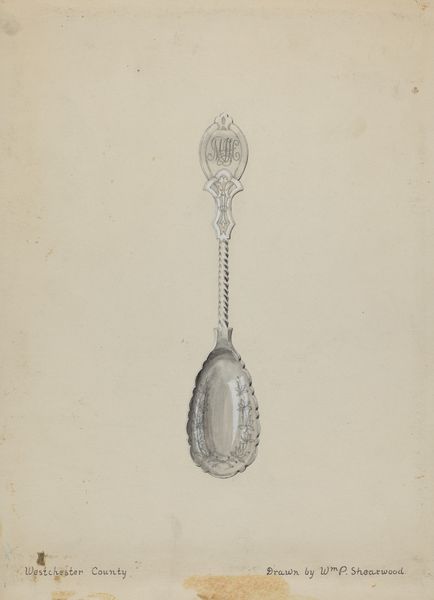
drawing, paper, pencil
#
drawing
#
still-life-photography
#
pencil sketch
#
landscape
#
paper
#
pencil
#
watercolor
#
realism
Copyright: Rijks Museum: Open Domain
Curator: Here we have Johannes Tavenraat's "Roeiboot," created sometime between 1841 and 1853. It's a pencil drawing on paper currently held at the Rijksmuseum. The piece presents a single rowboat, almost as if caught mid-process, still waiting for its setting. What’s your initial impression? Editor: Sparse. The linear precision with the graphite almost feels brittle. It emphasizes a skeletal essence. The textures within the boat are suggestive, especially those parallel hatching strokes defining its curved sides, yet there's a sense of stark isolation. Curator: Isolation certainly plays a role. Notice how Tavenraat rendered this not as a finished picture but as a study, raw material hinting at further intention. Consider the context of 19th-century Dutch art: how drawings like this facilitated the detailed observation needed for larger, more polished landscape paintings, grounding the Dutch mastery of landscapes in empirical study. The paper itself provides insight; it bears witness to labor and is arguably as important as the subject. Editor: Interesting take. To my eyes, the bareness is a very effective choice, because it immediately draws the eye towards an in-depth exploration of its internal framework, revealing much through minimal articulation of the graphite upon the textured paper. The slight undulation and thin line give the boat life. I think it's amazing how little information can evoke volume and light with an image. Curator: And doesn't it also say something about the changing nature of art production during this time? That drawing would serve as more than a simple preparatory tool, existing also as a commercial and collectable item for a rising middle class and the expanding market for prints and artist made works. Editor: Undoubtedly. And you really nailed it. But focusing back on the visual, I am especially drawn to how, technically, Tavenraat manages depth through such a minimal range of tone and how little you really need to describe reality. I admire this work’s reductive approach. It presents volume in simple shading using what is, ostensibly, a very basic form, something anyone can immediately recognize: a boat. Curator: Yes, its accessible form connects to a shared, working-class understanding of Dutch maritime life. Editor: In summation, I would say Tavenraat makes us ponder a specific design—and the power in bare essentials. Curator: And I find myself thinking more about the value in labor and how we can interpret this era through its medium.
Comments
No comments
Be the first to comment and join the conversation on the ultimate creative platform.

